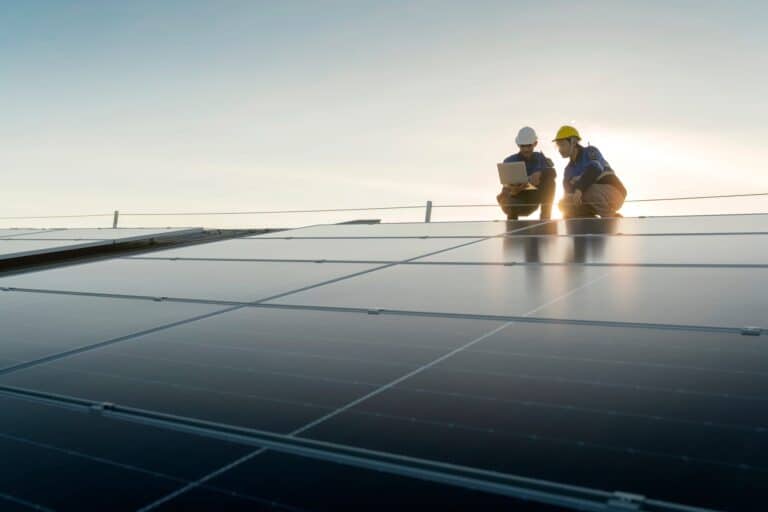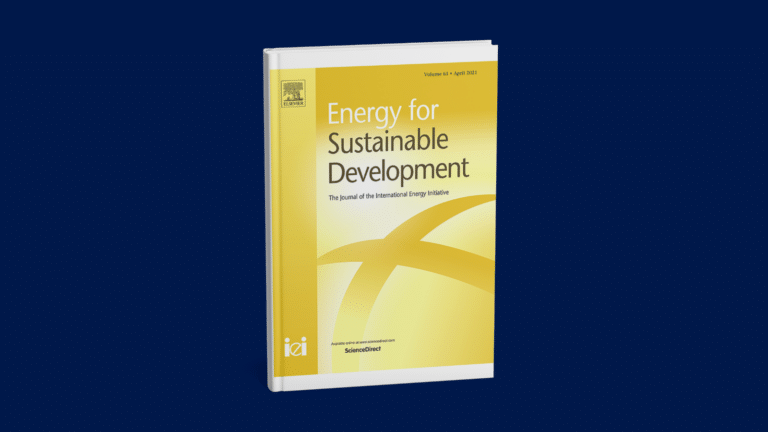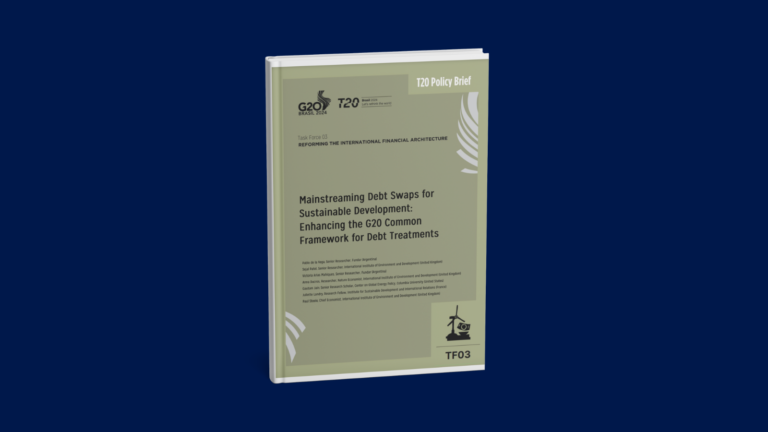China Halts U.S. LNG Imports Amid Tariff War
China has ceased importing liquefied natural gas from the United States since early February, as the ongoing tariff war impacts energy trade.
Current Access Level “I” – ID Only: CUID holders, alumni, and approved guests only
Insights from the Center on Global Energy Policy
This Energy Explained post represents the research and views of the author. It does not necessarily represent the views of the Center on Global Energy Policy. The piece may be subject to further revision. Contributions to SIPA for the benefit of CGEP are general use gifts, which gives the Center discretion in how it allocates these funds. Rare cases of sponsored projects are clearly indicated.
For a full list of financial supporters of the Center on Global Energy Policy at Columbia University SIPA, please visit our website at Our Partners. See below a list of members that are currently in CGEP’s Visionary Circle. This list is updated periodically.
In an earlier article, the authors discussed the challenge of fertilizer shortages and food insecurity in Latin America and Africa. In most of the world, the production of ammonia based on natural gas—a precursor in the making of nitrogen fertilizers—is an energy- and emissions-intense process.[1] The world cannot afford to continue producing ammonia and fertilizers conventionally, a predicament that raises questions about how to reconcile the need to feed a growing population, particularly in vulnerable contexts, while making strides toward decarbonization and net-zero emissions goals.
In this article, the authors posit that tackling natural gas flaring and fostering low-carbon ammonia production are pathways worth exploring to help create—and, in some cases, expand—capabilities to produce nitrogen fertilizers while reducing greenhouse gas emissions. They argue that, down the road, these solutions have potential to reduce countries’ vulnerability to global volatility in the fertilizer supply chain, boost food security, and accelerate climate progress.
The International Energy Agency (IEA) estimates that ammonia production is responsible for approximately 1.3 percent of carbon dioxide (CO2) emissions associated with the energy system and roughly 2 percent of the total final energy consumption.[2] Under the 1.5ºC scenario of the Paris Agreement, and with a projected population of 9.7 billion in 2050[3] (up from 7.8 billion in 2020),[4] ammonia demand—from the production of fertilizers alone—is expected to expand from 156 million tons (MT) to 267 MT by 2050.[5] However, if emerging applications of ammonia in energy markets are taken into account—for example, its role as a maritime fuel for international shipping and hydrogen carriers, among others, under the same 1.5ºC scenario—global demand for ammonia may reach 688 MT in 2050 (up from 183 MT in 2020).[6]
At the same time, in thinking about the gas-ammonia-fertilizer chain, flaring deserves greater attention, as reducing flaring emissions will enable the world to slow down the pace of global warming and get closer to the Paris Agreement goals.[7] The volumes of gas flared in the developing world, especially in Latin America and Africa, are considerable when compared with their total production. Hence, instead of flaring natural gas, the authors propose using it to produce ammonia that can later be processed into nitrogen fertilizers for domestic requirements, thereby serving to ease food insecurity and enhance crop yields, and perhaps boost exports in some cases.
Produced natural gas, mainly methane and ethane, is flared to reduce fire risk when it cannot be immediately used or sold to market. Globally, the volumes of gas flared, as a proportion of total production, are highest in Latin America and Africa. According to the Energy Institute’s Statistical Review of World Energy 2022, Central and South America countries flared 14.3 billion cubic meters (bcm) in 2022, or 8.8 percent of the total produced gas. Africa, where flared gas amounted to 29.3 bcm in the same year, is even worse off, accounting for 11.8 percent of the total production (Figure 1). As a share of production, gas flaring in Central and South America and Africa averaged 8.4 percent and 14.1 percent, respectively, per year during 2013–22,[8] making it evident that this is an issue both regions have struggled to address.
These levels of flaring are not sustainable. Most lower-temperature “yellow” flaring, designed to reduce fire risk, is incomplete, as it is does not completely combust natural gas and leaves 10 percent to 40 percent of the methane uncombusted. Once reaching the atmosphere, methane is 80 times more powerful at trapping heat than CO2 over the first 20 years and 25 times over 100 years. Full combustion to CO2 and water requires a higher-temperature “blue” flame. But even if completely combusted, wasted flared methane enters the atmosphere as CO2.
If, instead, this methane could be used—at the lowest emissions possible—for the highest-value products, it has the potential to help strengthen local industrial activity and lead to positive environmental outcomes. There are two potential pathways for directing methane toward the production of low-carbon fertilizers, as the authors discuss next.
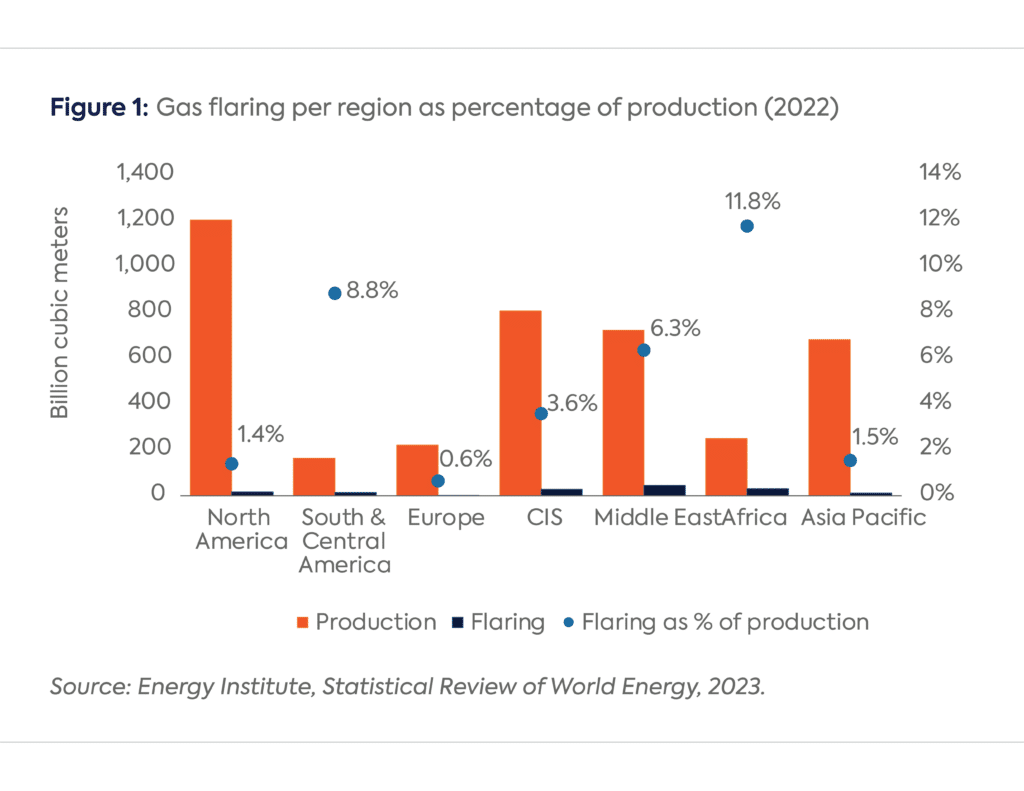
First, rather than flaring or venting natural gas, an alternative could be to capture that natural gas and use it to produce ammonia and fertilizers. At a minimum, this transforms the stronger greenhouse gas methane into CO2. In addition, if autothermal reforming were used to make the hydrogen (used, in turn, for making ammonia), 95 percent carbon capture and storage (CCS) could be applied cheaply using existing commercial technology[9]—with the captured CO2 either used for enhanced oil and gas recovery or permanently stored in local deep saline aquifers. Second, it is possible to produce the hydrogen for making ammonia (using the Haber Bosch process) by splitting water into hydrogen and oxygen using electrolysis, which in turn can be powered by low-emissions generation sources like wind, solar, hydropower, or geothermal.[10]
It is worth noting that while there are existing commercial facilities for the methane reforming described above, electrolysis-based ammonia is yet to become economically viable. The cost of both electrolyzers—a key component of the green hydrogen/ammonia chain—and low-carbon electricity remain a hurdle.[11] However, electrolyzer capital costs are anticipated to fall in the years to come,[12] and that opens up a window of opportunity for developing countries with competitive costs and strong potential for renewable electricity generation. In that sense, Central and South America are well positioned; their electricity mix is much greener than the world’s average, with approximately 70 percent of it coming from renewables,[13] indicating the region’s high potential as a producer of green hydrogen and green ammonia. As a result, promising projects and policy schemes are taking shape all over the subcontinent.[14]
Some countries may be able to produce more green hydrogen than their domestic markets require,[15] and could strive to become exporters to regions with strong demand and insufficient domestic supply, e.g., the European Union. But in view of Latin America’s and Africa’s sizable demand for nitrogen fertilizers, it would be short-sighted to eye international markets at the expense of promoting local decarbonization and industrialization initiatives based on green hydrogen, including green ammonia and nutrients.
Long term, Africa and Latin America, due to their renewable resources,[16] are seeking to play a central role in the global green hydrogen and, more broadly, low-carbon economy.[17] This opens up the opportunity for both regions to not only engage in exports but to prioritize their own growing energy demand and use green hydrogen, ammonia, and fertilizer production to foster low-carbon industrialization. Policymakers in Africa and Latin American should consider if the right financial instruments, policies, and incentives are in place in their countries for this to happen, while developed countries should evaluate how to contribute to these efforts.
CGEP’s Visionary Circle
Corporate Partnerships
Occidental Petroleum Corporation
Tellurian Inc
Foundations and Individual Donors
Anonymous
Anonymous
the bedari collective
Jay Bernstein
Breakthrough Energy LLC
Children’s Investment Fund Foundation (CIFF)
Arjun Murti
Ray Rothrock
Kimberly and Scott Sheffield
[1] Around 70 percent of global ammonia production is based on natural gas. In China, due to its large reserves, 85 percent of its ammonia production relies on coal. International Energy Agency, “Ammonia Technology Roadmap,” executive summary, October 2021, https://www.iea.org/reports/ammonia-technology-roadmap/executive-summary.
[2] Around 70 percent of ammonia is produced via natural gas. International Energy Agency, “Ammonia Technology Roadmap: Towards More Sustainable Nitrogen Fertilizer Production,” October 2021, https://tinyurl.com/ms96yf4k.
[3] United Nations, “Global Issues, Population,” https://tinyurl.com/5674cbhm.
[4] The World Bank, “Population, Total,” https://data.worldbank.org/indicator/SP.POP.TOTL.
[5] Global ammonia production in 2020 stood at 183 MT in 2020, most of which is used in the production of fertilizers. International Renewable Energy Agency and Ammonia Energy Association, “Innovation Outlook: Renewable Ammonia,” https://tinyurl.com/b5jdps9x.
[6] Demand in 2020 refers to all existing applications, including fertilizers. Ibid.
[7] Environmental Defense Fund, “Methane: A Crucial Opportunity in the Climate Fight,” https://www.edf.org/climate/methane-crucial-opportunity-climate-fight.
[8] Energy Institute, Statistical Review of World Energy 2023, “Natural Gas Flaring and Production,” https://tinyurl.com/3ws2bnkr.
[9] Christopher Bataille, “Physical and Policy Pathways to Net-Zero Emissions Industry,” WIRES Wiley Interdisciplinary Reviews: Climate Change, 11(e633), 1–20, https://doi.org/10.1002/wcc.633.
[10] International Renewable Energy Agency and Ammonia Energy Association, “Innovation Outlook: Renewable Ammonia.”
[11] Anne-Sophie Corbeau and Ann-Kathrin Merz, “Demystifying Electrolyzer Production Costs,” Center on Global Energy Policy, Columbia University, July 11, 2023, https://tinyurl.com/yc8j52h5; US Department of Energy, “US National Green Hydrogen Strategy and Roadmap,” https://tinyurl.com/45rmx97c.
[12] International Energy Agency, “World Energy Outlook 2023,” https://tinyurl.com/mudx6jtr.
[13] It includes renewables and hydropower. In Africa, only 23.2 percent of electricity generation came from renewables in 2022. Energy Institute, Statistical Review of World Energy 2023, “Electricity Generation by Fuel,” 2022, https://tinyurl.com/3ws2bnkr; Statista, “Electricity Generation in Central and South America by Fuel Type in 2022,” https://tinyurl.com/29e7ajne.
[14] Christiaan Gischler et al., “Unlocking Green and Just Hydrogen in Latin America and the Caribbean,” Inter-American Development Bank, June 2023, https://tinyurl.com/yvbtj3mn; Pablo Fonseca, “The Rise of Green Hydrogen in Latin America,” Knowable Magazine, February 9, 2023, https://tinyurl.com/54hh6frz.
[15] International Energy Agency, “Hydrogen in Latin America: From Near-Term Opportunities to Large-Scale Deployment,” August 2021, https://tinyurl.com/3fmryvkn.
[16] Vistorial Masterson, “Africa Is Leading the Way in Solar Power Potential,” World Economic Forum, September 23, 2022, https://www.weforum.org/agenda/2022/09/africa-solar-power-potential/.
[17] Paul Day, “Africa Explores Vast Green Hydrogen Potential,” Reuters, July 6, 2023, https://tinyurl.com/ynut6pmj.
This Energy Explained post represents the research and views of the author. It does not necessarily represent the views of the Center on Global Energy Policy. The piece...

This Energy Explained post represents the research and views of the author. It does not necessarily represent the views of the Center on Global Energy Policy. The piece...
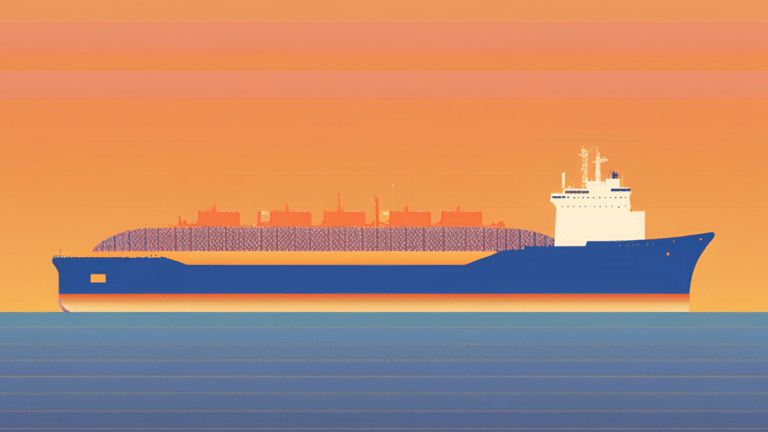
This Energy Explained post represents the research and views of the author. It does not necessarily represent the views of the Center on Global Energy Policy. The piece...
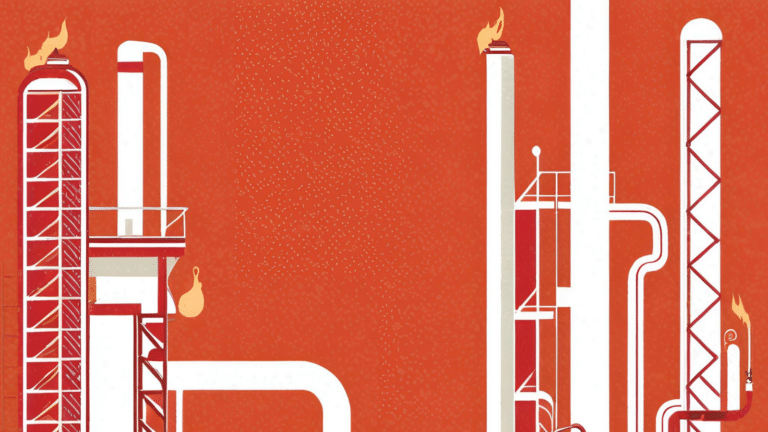
This Energy Explained post represents the research and views of the author. It does not necessarily represent the views of the Center on Global Energy Policy. The piece...
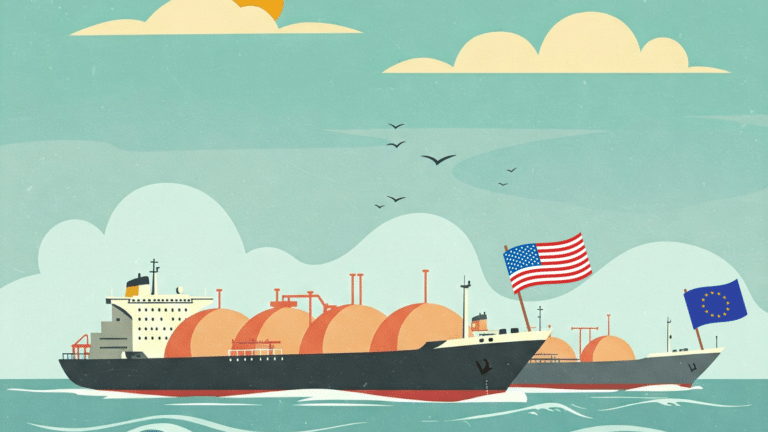
The Just Energy Transition Partnership (JETP) framework[1] was designed to help accelerate the energy transition in emerging market and developing economies (EMDEs) while embedding socioeconomic[2] considerations into its planning and implementation.
